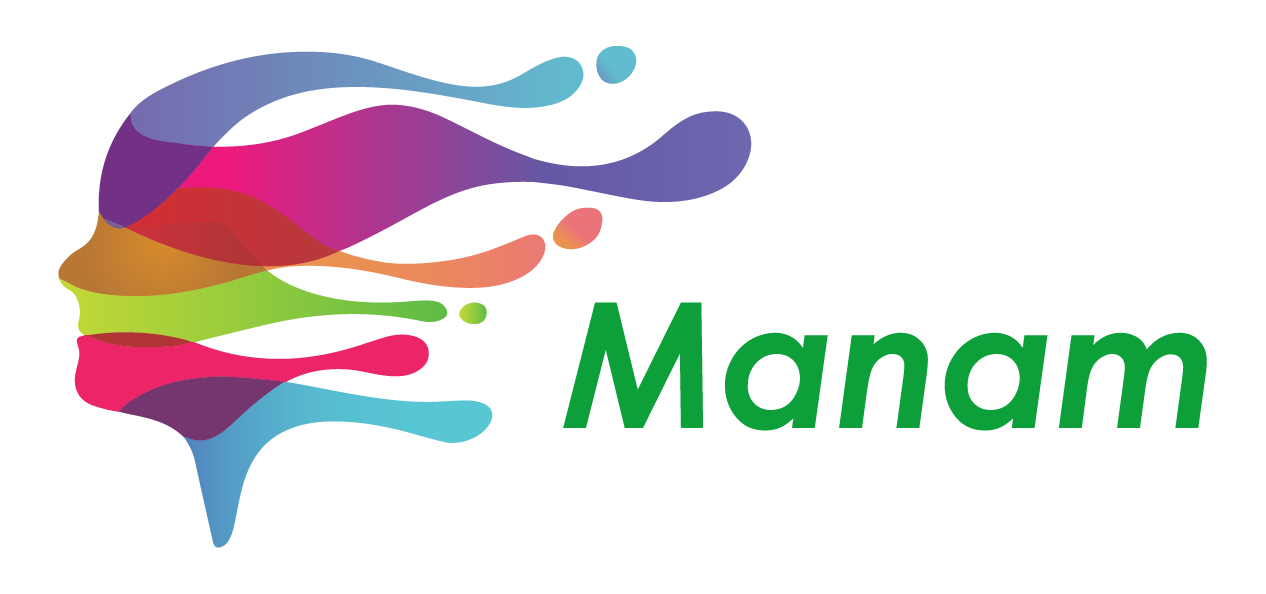
Play Therapy
Play therapy is a form of psychotherapy primarily for kids working through emotions and mind. It helps kids to express themselves and learn about the world through their natural love of play.
₹ 499

Why Play Therapy ?
Complementary Therapists Accredited Association – CTAA – UK
Play therapy is a form of psychotherapy primarily for kids working through emotions and mind. It helps kids to express themselves and learn about the world through their natural love of play.
Play therapy helps young children express their emotions and process their experiences through a variety of creative and explorative activities
The therapist guides a person through play therapy in a comfortable, safe environment using play activities such as painting, dancing, and playing board games. On need basis we involve other family members, parents, siblings etc. to get involved in the playtime activities.
Play therapists gain valuable insights through observation. For instance, they may observe how a child handles separation from their caregiver, explores toys, or acts out stories.
Play Therapy helps kids to
- Understand and express their feelings in a healthy way
- Regulate their emotions
- Communicate more effectively
- Improve their problem-solving skills
- Learn better social skills and behaviours
- Better connect with parents
- Process stressful or traumatic experiences
Therapy Sessions
Play therapy embraces various approaches, each tailored to meet the unique emotional and developmental needs of children.
Individual sessions
A therapist works with one child at a time.
Group session
Group of kids shall be addressed in a group session.
Family session
A therapist works with one or more children alongside their family members. This might involve parents, adolescent or adult siblings, or grandparents, in working toward specific outcomes.
Initial Sensing & Building Rapport
We listen to the issues of the client. Gives the client a safe platform to express their problems. The counsellor understands both verbal and non-verbal communications of the client. They both create the rapport and build a positive relationship. It’s the foundation laid for future sessions.
Assessment
We assess the problem statement of the client, analyse it and understand the severity of the issue. This includes the triggers, frequency, environment, and other factors inducing the discomfort for the client.
Setting Objectives
This stage we set the objectives in collaboration with the client. This will be a time bound realistic one with the client committing to a step leading to an agreed outcome.
Intervention
We work on the intervention to be applied to achieve the objectives. Based on the assessment and the present condition of the client, we decide on the interventions to be applied. It would be a therapeutic intervention in a non-medical environment.
Evaluation
Drawing the process to a close must be planned well in advance to ensure a positive conclusion is reached between the therapists / counsellors and the client. At times the process may an ongoing process which the client will be continuing on their own.
Any Questions
Mon - Sat: 09:00 - 20:00
Sunday: 09:00 - 12:00
Chennai, Tamil Nadu, India.
600094
+ 91 9600950966
contact@manam.ai
